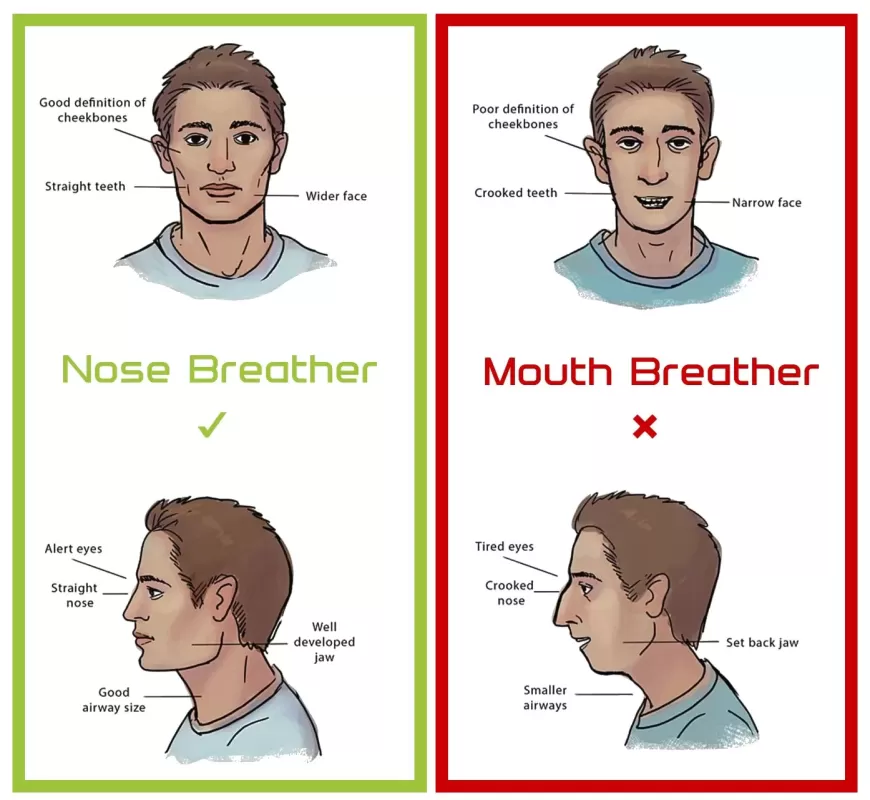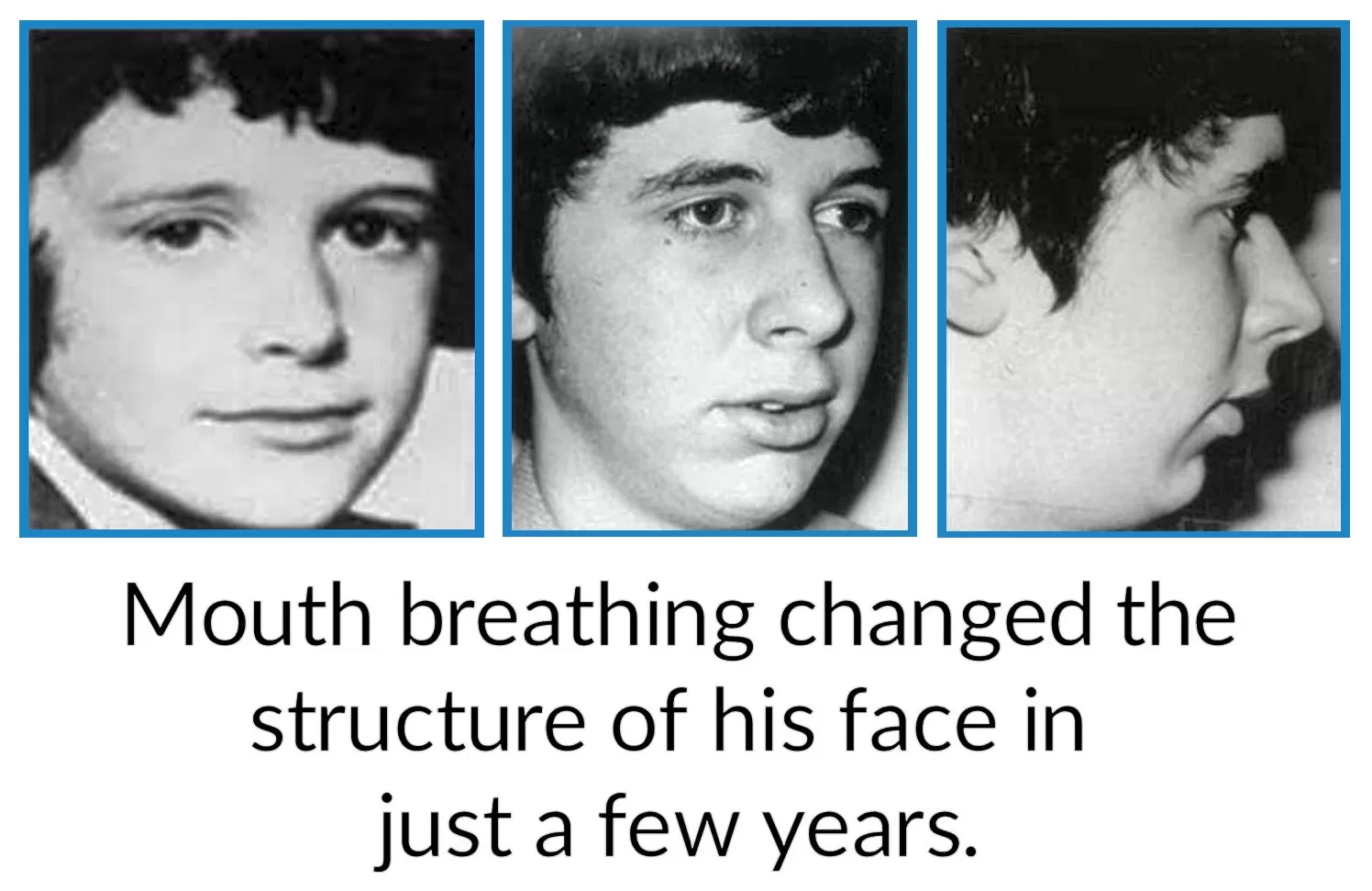
Early Childhood Jaw Development
Your Child’s Health May Depend Upon Their Teeth
What are the typical reasons why you take your child to the dentist?
If you’re like most parents, trips to the dentist are about your child getting their teeth cleaned, and possibly something more involved like filling cavities or pulling baby teeth. You may also expect for them to need orthodontics, for their adult teeth grow may already be crowding as they grow in. While these different procedures are common and may even be necessary, most overlook a critical possibility - that your child’s teeth may be an indication that their overall health well-being is at grave risk.
If your child experiences disrupted sleep, bed-wetting, a short attention span, or has a notably low tolerance for stress, it may surprise you to know that any of these conditions are the possible result of an issue that, believe it or not, could be resolved by help from a dentist. Indeed, traditional dentistry is overlooking a critical factor in your child’s health that may be causing not just these specific conditions but may be setting up your child for greatly compromised health and functionality moving forward in their life.
We at Airway Center are firm believers in the value of approaching your child’s health through natural dentistry, which means that their teeth aren’t merely meant to be kept clean and healthy, but may be the most direct path toward not only resolving a variety of debilitating symptoms, but also help them to thrive in a way that may otherwise not be possible.
Imagine your family members with Strong Jaws, Healthy Airways, and Optimal Facial Development. Airway Centers are available to help make this a healthy reality.
If your child experiences disrupted sleep, bed-wetting, a short attention span, or has a notably low tolerance for stress, it may surprise you to know that any of these conditions are the possible result of an issue that, believe it or not, could be resolved by help from a dentist. Indeed, traditional dentistry is overlooking a critical factor in your child’s health that may be causing not just these specific conditions but may be setting up your child for greatly compromised health and functionality moving forward in their life.
We at Airway Center are firm believers in the value of approaching your child’s health through natural dentistry, which means that their teeth aren’t merely meant to be kept clean and healthy, but may be the most direct path toward not only resolving a variety of debilitating symptoms, but also help them to thrive in a way that may otherwise not be possible.
Imagine your family members with Strong Jaws, Healthy Airways, and Optimal Facial Development. Airway Centers are available to help make this a healthy reality.
Understanding More About Mouth Breathing Dangers
By age 1 can evaluate the direction of growth of a child’s upper and lower jaw structure and determine their future development trajectory.
When the upper jaw is under-developed it leads to a lower jaw that is trapped back and a growing tongue that is growing into an airway space is not growing in size at the same rate as the child’s physical growth. This results in sleep disordered breathing, disrupted sleep cycles, a drop in IQ, and many other health compromises. Some factors that affect development include: the hardness of the food we eat, the amount of time spent breathing through our nose or mouth, and the position of our tongue at rest. Even doing all the right things, most children are born with under-developed upper and lower jaw structures that put them at risk.
When babies nurse, they breathe through their nose. If they have underdeveloped jaw structures, they will breathe through their mouth at night or during the day when not nursing. Mouth breathing is a sign of a compromised airway space. The more a child mouth breathes, the more their jaws will grow downward instead of forward which leads to a more compromised airway and increased need to breathe through their mouth. By developing their jaws at an early age as possible can to help re-establish nasal breathing by giving room in the mouth for the tongue and improving their direction of growth.
The longer a child grows in a less than ideal direction, the more likely they will be to have crowded teeth, sleep apnea, and other health concerns. The sooner the direction of growth is optimized the better the long-term results will be for the child’s future health.
By beginning early treatment as soon as 18 months of age we will help improve your child’s airway space by guiding forward jaw growth for the upper and lower jaws. This will help to make more space from the back of their tongue to the back of their throat. More breathing space means better quality of sleep, better development and improved facial structure. The diagram on the right shows some of the common facial features associated with different growth trajectories.
Below is an example of a child who went from being a nose breather to a mouth breather and you can see how his facial development and airway development was affected. If you notice your toddler or child with their lips parted when at rest, please call an Airway Center Office to schedule an evaluation.
When the upper jaw is under-developed it leads to a lower jaw that is trapped back and a growing tongue that is growing into an airway space is not growing in size at the same rate as the child’s physical growth. This results in sleep disordered breathing, disrupted sleep cycles, a drop in IQ, and many other health compromises. Some factors that affect development include: the hardness of the food we eat, the amount of time spent breathing through our nose or mouth, and the position of our tongue at rest. Even doing all the right things, most children are born with under-developed upper and lower jaw structures that put them at risk.
When babies nurse, they breathe through their nose. If they have underdeveloped jaw structures, they will breathe through their mouth at night or during the day when not nursing. Mouth breathing is a sign of a compromised airway space. The more a child mouth breathes, the more their jaws will grow downward instead of forward which leads to a more compromised airway and increased need to breathe through their mouth. By developing their jaws at an early age as possible can to help re-establish nasal breathing by giving room in the mouth for the tongue and improving their direction of growth.
The longer a child grows in a less than ideal direction, the more likely they will be to have crowded teeth, sleep apnea, and other health concerns. The sooner the direction of growth is optimized the better the long-term results will be for the child’s future health.
By beginning early treatment as soon as 18 months of age we will help improve your child’s airway space by guiding forward jaw growth for the upper and lower jaws. This will help to make more space from the back of their tongue to the back of their throat. More breathing space means better quality of sleep, better development and improved facial structure. The diagram on the right shows some of the common facial features associated with different growth trajectories.
Below is an example of a child who went from being a nose breather to a mouth breather and you can see how his facial development and airway development was affected. If you notice your toddler or child with their lips parted when at rest, please call an Airway Center Office to schedule an evaluation.



